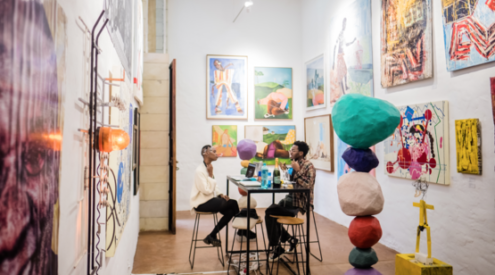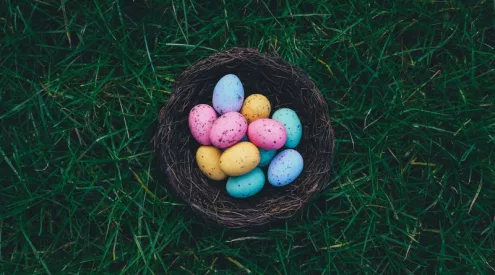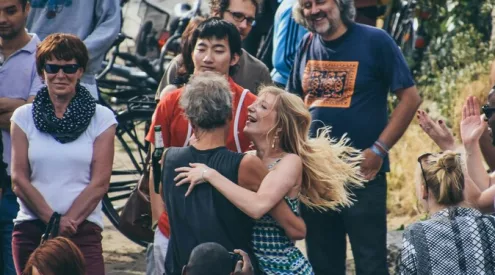It was 04h30 when the Intercape bus dropped me off at the petrol station. As it was still dark and I was still half asleep, the bus could’ve dropped me off anywhere. It was freezing and there was a slight whiff of sheep in the air. Then I spotted a Cradock Star Bread van, which brought a feeling of relief. I was definitely in Cradock in the middle of a Karoo winter and in five hours’ time it would be the start of the Schreiner: Karoo Writers Festival.
It’s quite fitting that the small town in the Karoo in the Eastern Cape should host a literary festival (now in its fourth year) as an icon of the literary (and feminist) world came to live in Cradock in 1867, when she was just 12 years old. It also came as no surprise that the first in a series of weekend literary gatherings would start that morning at 9 Cross Street, the home of Olive Schreiner.

Photo by Rachel Robinson
For someone who found The Story of An African Farm quite heavy going, I enjoyed listening to readings from her letters, which gave a personal insight into her daily life and included gossip, humour and Karoo life observations. Olive Schreiner wrote thousands of letters in her lifetime and about 4 800 of them are available online at www.oliveschreiner.org. I also learnt about the great work that Upstart is doing with the youth in the area by equipping them with language tools, literacy and life skills.
After tea, Sigi Howes brought to life the Diary of Iris Vaughan. Having never heard of the book before I found myself laughing out loud at the diary entries by this observant and witty child during the Boer War (she started the diary when she was eight years old and continued until she was about 12). As amusing as her writing was, most of the events she wrote about match up to events that really happened, making it an interesting account of life through a child’s eyes during the Boer War. I also thought that Ms Howes would make an excellent history teacher and it turns out that she is! I wish she had been mine when I was at school!
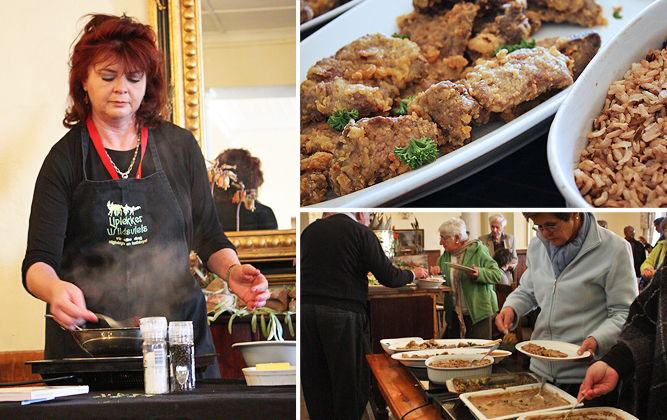
Lunch at Victoria Manor was preceded by a cooking demonstration by Ezelle Marais, a popular Karoo resident who started creating venison recipes when she discovered that only a small number of venison cuts were being used in dishes while the rest was being turned into biltong. The result was Venison: For every day, high days and holidays, a self-published venison recipe book (now in its second editions, in English and Afrikaans). She kindly let me have a few recipes which I will be sharing with you soon! Needless to say the venison feast at lunch was so delicious (springbok goulash and kudu schnitzel with warthog salami and sausages) that I may need to get a copy of that book for myself! In the meanwhile, check out this Karoo recipe for slow-cooked lamb shank.

There was no time for napping after lunch as more famous authors were scheduled to give talks about their latest novels. Margie Orford (one of my favourites) gave insights into how she knows so much about Cape Town gangs and the inside of a morgue and also launched her latest novel, Water Music. Barbara Mutch went into the history behind her novel, The Housemaid’s Daughter, which is set in Cradock (her Irish grandparents lived in Cradock in the early 1900s). That’s two more books for me to read!
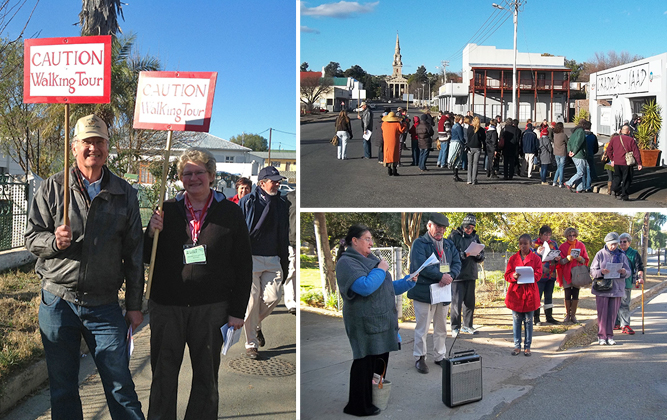
Next up was a walking tour of Cradock’s literary landmarks, possibly my favourite part of the Schreiner: Karoo Writers Festival. The walk took us (and a few German Shepherds) to places that had been mentioned in various novels and when we got to each landmark, there would be a reading from said novel. We heard from the likes of Olive Schreiner, Karel Schoeman, Etienne van Heerden and Barbara Mutch. Not only was this a great way to see the town (and have a walk after sitting all day) this excursion really brought the books to life. It’s one thing reading about a place, but a whole new level is added when you are standing outside the building in question. The tour ended with an organ recital in the Dutch Reformed Church (built in 1818 and based on The St Martin-in-the-Fields church in London). You are supposed to be quiet in church, but this time I was dumbfounded into silence!
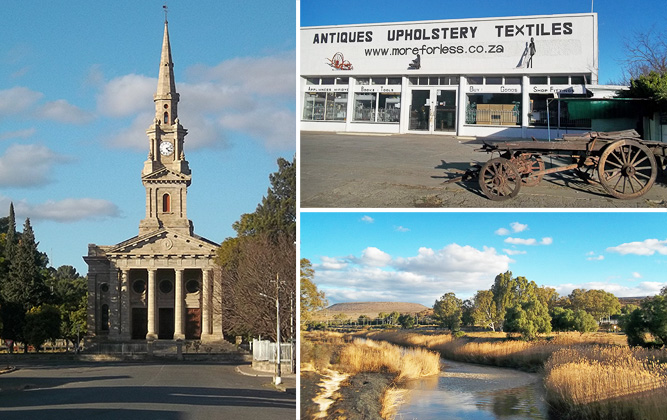
That evening we were treated to a “Beautiful Karoo” photographic slide show by well-known photojournalists, Chris and Julienne Marais, who have photographed over 100 Karoo towns. Their books, Karoo Keepsakes are gorgeous and show the world the quirky, often overlooked, towns and characters that make up the Karoo (take a look at this series of photos from the Karoo). Dinner was a selection of soups, followed by bobotie and carrot cake cupcakes. I also discovered “kainings” – fried bits of fat that make an excellent alternative to croutons, but twice as bad for your figure!
The Saturday was spent at Albert House, a lovely Victorian Manor House built in 1843 that is now a B&B (you can book accommodation at Albert House here.) The rooms were filled with paintings by local artists while a small market with local fares and wares was set up on the lawns outside. The morning started with an open-mic session where anyone could share a piece of their writing, be it prose or poetry. Margie Orford read a passage from her latest novel, a once-stuttering magistrate read out one of his poems without a single stammer and we even had a short song by one of the chefs from the Victoria Manor.
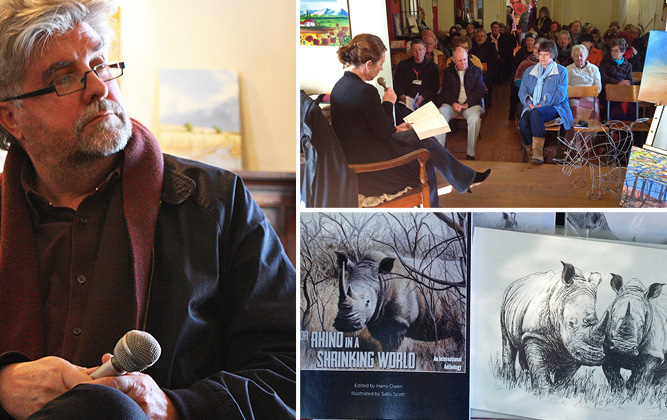
After tea we had an inspiring presentation by Harry Owen who, after attending a presentation on the Kariega rhino tragedy, decided that he needed to do something for rhino conservation even though he felt he had nothing to offer the cause. Harry’s humerous words were “What good can poets do? After all, we don’t do anything except write and then die of consumption somewhere!” But he decided to put out a request for poems about rhinos and the state of the environment in general, in the hope of perhaps getting a book together that could be sold to raise funds for rhino conservation. He never expected such an overwhelming response – over 700 submissions received! The result is For Rhino in a Shrinking World, an anthology of 180 poems from 15 countries. The illustrations are done by Sally Scott and it’s a book worth having. All funds from sales of the book go to the Chipembere Rhino Foundation and as Harry said, “Everything you do adds up to the greater good”.
Read about six simple ways to stop rhino poaching.
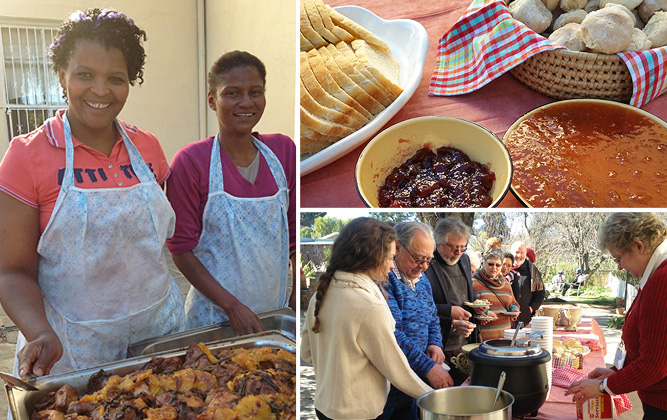
Karoo food never fails to disappoint and the two-course lunch, consisting of a choice of two soups with breads, a springbok casserole and chicken with orange and star anise was enjoyed by all under the trees and on the lawns. There was even wine to go with lunch from Harrison Hope Wines. Ronnie Vehorn is a missionary-turned-winemaker (we quickly named him The Friar Tuck of Cradock) who is entirely self-taught in the art of winemaking and has a small wine farm in Whittlesea, near Queenstown. African Angels were there too (an Eastern Cape upliftment project that offers disadvantaged women a way of escaping poverty through learning the art of massage, facials and manicures) offering head, feet and hand massages. Needless to say the organisers had a hard time getting us all to the afternoon session!
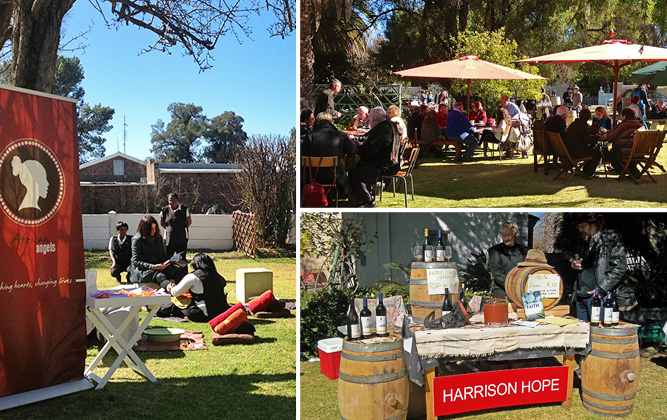
Etienne van Heerden chatted to us about his latest offering, In Love’s Place, which came about after a visit to Matjiesfontein and Professor Doreen Atkinson told us how the discovery of bullet casings from the Boer War in her garden in Phillipolis inspired her to write the novel, A Most Awful Excitement: The Boer War Diary of Gerrit Sem of Philippolis. Interestingly, anyone can look up members of their families that may have been in the concentration camps from the National Archives in Pretoria, along with their compensation request letters.
After a day spent in what felt much like university lectures (albeit interesting lectures) there was a 3-course dinner (as if we hadn’t eaten enough already!) beautifully laid out in the dining room of the Victoria Manor. It was quite the lavish affair which included a good helping of Karoo lamb shank and Etienne van Heerden’s baked fruit pudding. To be honest I never made the after-dinner poetry readings and snuck off to my warm room for an early night!
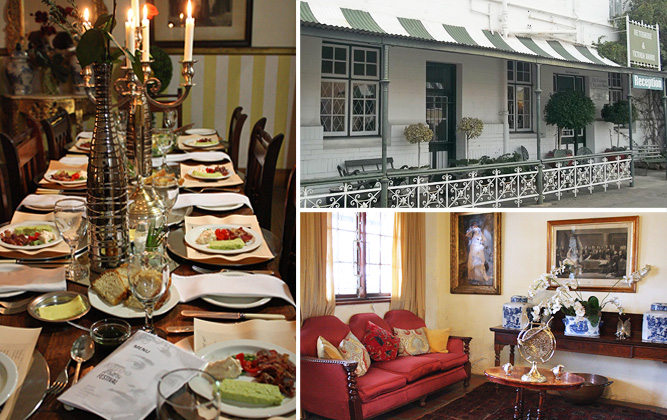
My three days in Cradock went by faster than a tumbleweed in the wind. I met inspiring people, kind people and famous people. Most of all, I met real, down-to-earth people that embrace life in the Karoo and love every part of it. People who don’t just hang out their laundry on a Sunday, but hang the biltong out to dry at the same time. As I wound my way back to Cape Town on the Intercape bus, I looked out the window at the sun setting over the horizon and vowed to go back for the next chapter.
Take a look at Getaway’s list of Eastern Cape attractions to combine with your visit to Cradock.
Where to stay for the Schreiner: Karoo Writers Festival
There are plenty of B&B’s in the town, but I stayed at Die Tuishuise, in one of their 30 refurbished Karoo- style cottages in Market Street. The cottages were originally the homes of farriers and iron-smiths during the Boer War and because of this, the street is wide so as to allow the carriages to be able to turn around.
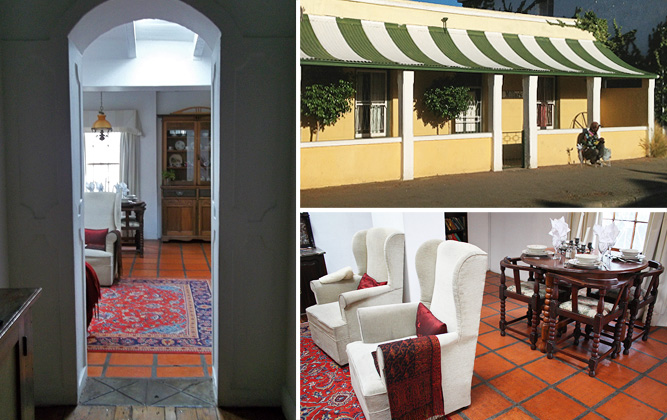
It comes as no surprise that Die Tuishuise have received a Simon van der Stel Gold Medal for restoration as each of the cottages has been lovingly restored and you’ll find polished wooden floors, antiques, Victorian baths, draped windows and furniture straight out of the 1800s. You’ll also find modern amenities like electric blankets, showers with a view, selected DSTV channels and a moderately equipped kitchen (tea, coffee and rusks are also provided). The cottages are the perfect place to retire after a busy day at the festival and you can choose to stay indoors, relax outside in your garden under the stars, or watch the world go by from your stoep. Pets are welcome to stay in the cottages too.

Breakfast is included in the rate and while you are enjoying eggs, bacon and sausage in the Victoria Manor, it is likely that a mop-capped housekeeper will already be preparing your room for the next night. Lunch and dinner are also available at the Victoria Manor, but there are a few places to eat out too. Tip: The local magistrate told me that Mila’s makes “the best pizza in the Eastern Cape”.
Find more options for accommodation in Cradock here.









